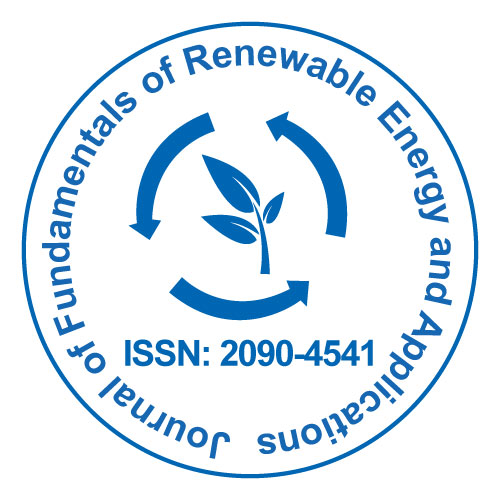
புதுப்பிக்கத்தக்க ஆற்றல் மற்றும் பயன்பாடுகளின் அடிப்படைகளின் இதழ்
திறந்த அணுகல்
ஐ.எஸ்.எஸ்.என்: 2090-4541

ஐ.எஸ்.எஸ்.என்: 2090-4541
Muhammad Danial Khilji1*, Saad Bin Munir1
The increasing demand of electricity has been a great concern in recent years. The increasing demand and environmental (global warming) issues urged scientists to evolve in the field of renewable energy. Solar energy is one of the major sources of renewable energy. Electrical energy is produced by photovoltaic cells when they allow light particles to knock free electrons from atoms. The amount of electrical output produced by the system is dependent on amount of solar energy received by PV cells. To increase solar energy output, a fixed solar panel inclined towards the optimal point is usually used. The collection of solar energy is increased by using solar tracking systems i.e. single axis or dual axis, which continuously track the sun using incidence angle of sunlight. The analysis is carried out to compare the performance between tracking and non-tracking photovoltaic systems. Data of specific solar panel systems is analysed and compared with simulations and actual outputs to compute performance ratios and deduce conclusions. The average performance ratio is found out to be 0.73 for non-tracking system and 0.90 (17% more than non-tracking systems) for tracking systems. The accuracy of estimated output of a PV system can be improved by using more accurate solar irradiance data, accurate weather conditions, exact system losses and matched inverter efficiency. The efficiency of a PV system can be improved by using solar trackers, using more efficient solar panels, installing them in a less shaded area, cleaning the panels on regular intervals, and using more efficient electrical components.